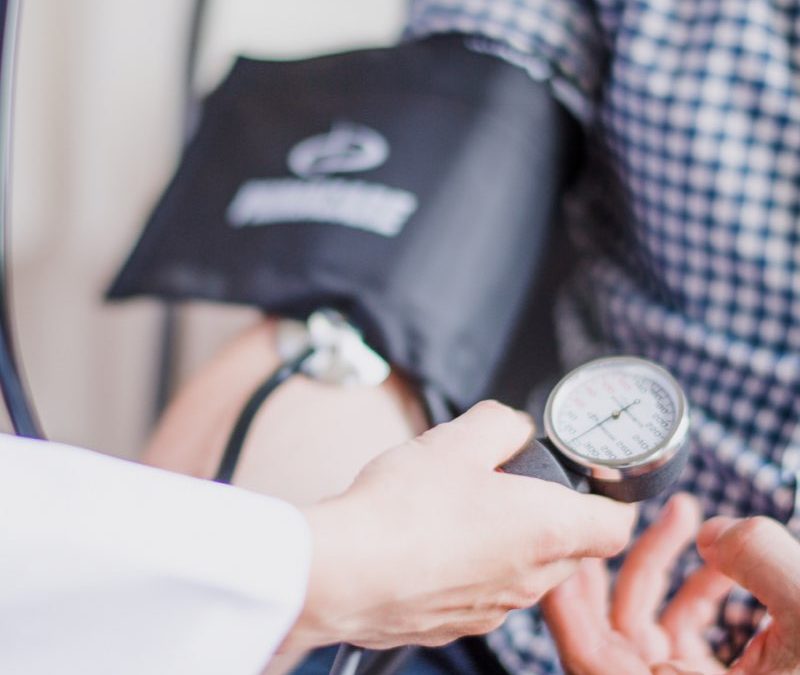As we enter old age, we experience numerous changes, both mentally, emotionally, and physically, which may decline in a way unlike those experienced in younger people. As the body’s functions decline, it’s easy for various diseases to arise. Even with good self-care, illnesses at this age are difficult to prevent. Therefore, prevention and early detection are crucial to ensure timely treatment and reduce the severity of disease. While there are many diseases in the elderly, here are seven common ones that should be monitored.
1. Neurological and Brain Diseases
The elderly are at increased risk of developing brain diseases. Common brain diseases include ischemic stroke and Alzheimer’s disease, which are caused by the following factors:
Ischemic stroke: As we age, blood vessels deteriorate. The inner layer of the blood vessel walls may thicken or harden due to fatty deposits or plaque buildup, narrowing the blood vessels and reducing blood flow. This is most common in elderly individuals with high blood pressure, diabetes, obesity, heart disease, stress, lack of exercise, and smoking.
Alzheimer’s Disease: Alzheimer’s disease is the most common cause of dementia in the elderly. It is caused by the death of brain cells or the failure of brain cells to function, resulting in decreased brain function. If brain deterioration progresses or remains untreated, This can cause rapid and severe brain degeneration, impacting daily activities.
2. Coronary Heart Disease
This disease is caused by hardening of the arteries due to fatty deposits in the inner walls of blood vessels. This causes the blood vessels to narrow, blocking blood flow, affecting the heart muscle and leading to coronary artery disease. Risk factors include, in addition to age, gender, and family history, lifestyle factors, diet, and lack of exercise.
3. Bone Disease
As we age, physical strength declines, particularly bone strength. Bone diseases at risk for the elderly include osteoporosis and osteoarthritis. The causes are as follows:
Osteoporosis is a common disease in elderly women. The main cause is a decline in hormonal function, particularly during menopause. This condition causes bones to become less dense, making them thinner and more brittle. Symptoms of osteoporosis often develop gradually without notice, such as pain in the waist, back, or wrists, or changes in body shape, such as hunched back, hunched shoulders, or a shorter stature.
Osteoarthritis is caused by prolonged use of the knee joints and excessive weight bearing. It is more common in older women than in men. Osteoarthritis is a degenerative disease of the cartilage in the joint surfaces. Once the degeneration occurs, it cannot be reversed. It will continue to worsen if the behavior or use of the knee joint remains untreated. Symptoms of this disease include joint pain and swelling, stiffness, or bow-leggedness, inability to fully straighten the legs, or deformity of the knee joint.
4. Eye Disease
In addition to bone deterioration, the eyes of the elderly also deteriorate. Common eye diseases in the elderly include retinal degeneration, cataracts, and glaucoma. Although the causes vary and the symptoms vary, the most common cause of eye disease is degeneration due to aging, leading to decreased vision.
5. Diabetes
Another common disease in the elderly is caused by a disorder in which the body produces insufficient insulin. This results in insulin resistance (e.g., rice, starch), protein, and fat. This results in a deficiency or decreased insulin action. The body is unable to utilize blood sugar normally, resulting in high blood sugar levels. If blood sugar levels are not properly controlled or left untreated for a long time, complications can arise, such as blurred vision, blindness, kidney failure, and numbness in the hands and feet. and susceptible to infection.
6. Kidney Disease
In the early stages, this disease often has no symptoms. But as kidney function worsens, it decreases and waste products accumulate, affecting the function of various organ tissues, preventing them from functioning properly. This eventually leads to chronic kidney failure, requiring treatment such as dialysis, hemodialysis, and kidney transplants. Symptoms of kidney disease include fatigue, swelling, easy fatigue, high blood pressure, loss of appetite, and urinary tract abnormalities.
7. Hypertension
As we age, blood pressure steadily rises. The risk of hypertension in the elderly is higher than in younger people. Furthermore, those who are overweight or obese also increase blood vessel resistance within the body. Normal blood pressure should be between 120/80 and 139/89 mmHg. Higher blood pressure levels are considered high blood pressure. This condition often has no symptoms, but sometimes, if blood pressure rises significantly, symptoms such as severe headaches, shortness of breath, dizziness, and blurred vision can occur. If left untreated, complications such as heart disease, kidney disease, stroke, or paralysis can occur.
As we age, the risk of various diseases increases. Taking care of yourself and receiving care from loved ones can help older adults with these chronic conditions alleviate their illnesses and improve their health. Importantly, regular health checkups are a tool to prevent various diseases that may arise.
